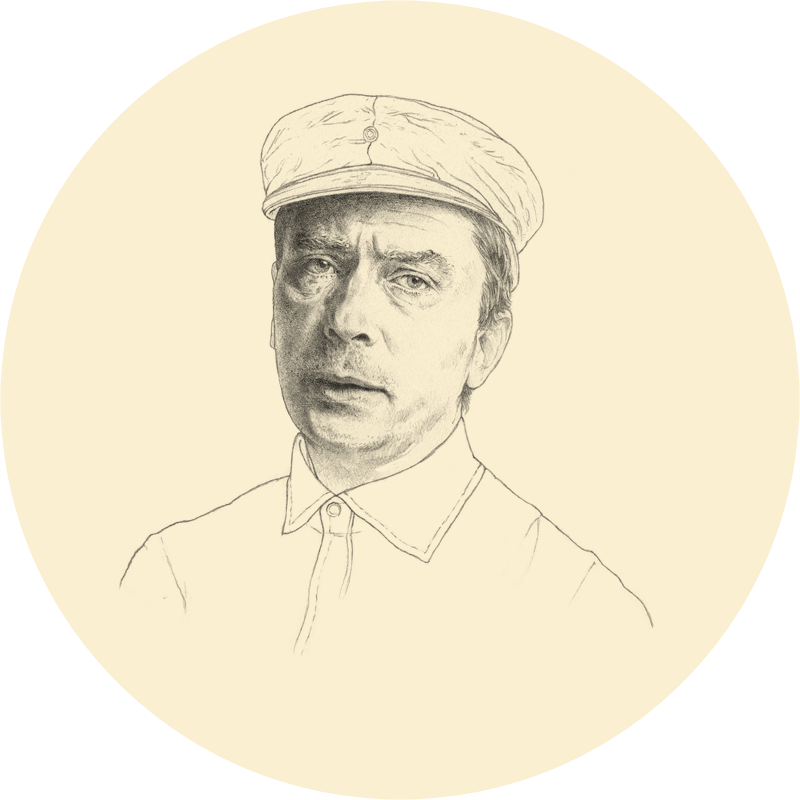The five years in Argentina, Vincenzo, let you erase everything, forgetting it by heart. To begin from the end. But also, like a proper practical and determined meneghino, to earn enough from your technical work to be able to return to Milan with sufficient funds to support your family and to purchase an industrial building wedged between a barracks where entire generations of Milanese had been subjected to the customary three days of draft physicals, and an embankment that sloped down to the tracks of the Ferrovie Nord, where gangs of stray cats roamed undisturbed, which you often fed. It was and still is at Via Machiavelli 30. A large two-story space, where you sometimes played ping pong with friends who came to visit, with two lofts connected by a catwalk where you liked to run, shouting: “To be or to be?”
Because – it must be said, Vincenzo – the more rigorous and thought-provoking your art became, the more playful and ironic you became in life, and good company as well. Manzoni knew that, before Argentina, and often hung his Montgomery at the entrance to your house on Via Mac Mahon to spend evenings there, often with a tasty risottino. Cooking was a passion of yours. Traditional Lombard cuisine: risotto, cannelloni, casseoula, nervetti. After your return from your Andean retreat, this passion was known to Lisa Ponti, Luciano Fabro, Mario Merz, Salvatore Licitra, Alighiero Boetti. They also enjoyed your quips, your invented words and languages. A refined elocutionist, you knew that in the end the meaning of speech lies in the expression, the tone. You never had trouble making yourself clear, in Germany or the United States, by then a renowned international artist, even if you could not speak
the languages fluently. Besides your impeccable Italian, the other language you spoke was Milanese, the dialect used with the workers, builders and craftsmen whose paths crossed yours for your work.
The drive towards an impossible resolution of contradictions (has any artist ever been more intrigued by the aporia, the oxymoron?), the desire to make art into pure concept, though aware of the fact that it cannot exist without a physical support, made your work an anomaly in that artistic current that went by the name of “conceptual” in those years (though Fabro recalls it was also known as “mental”). You always took a philosophical, pensive approach to art. The thoughts expressed were yours, distilled from pages and pages of notes, not simply stolen from others and put on display.
